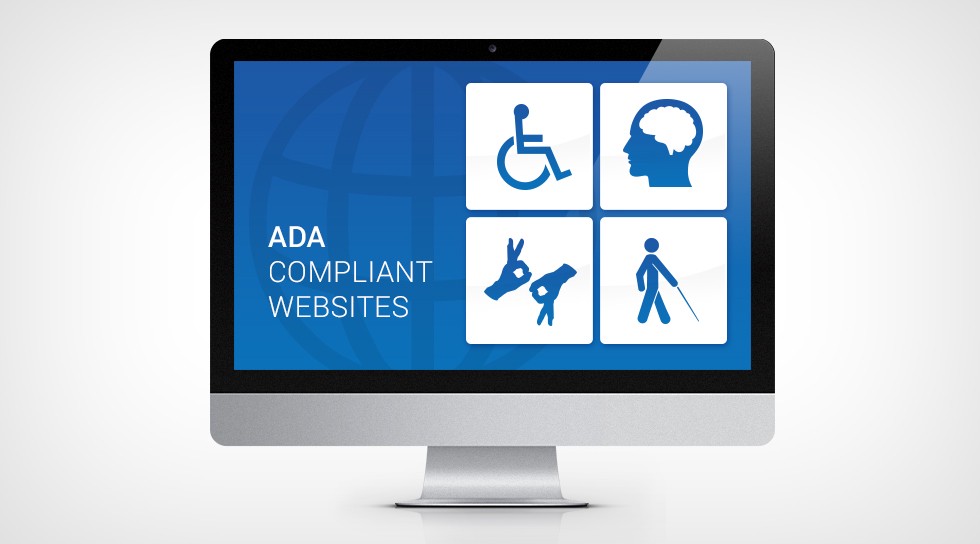Is your brand reaching the key performance indicators you first established when you began on Twitter, Facebook and Instagram? Is it reaching your target audience through the right channels? Are your followers becoming customers?
If you’re finding a lack of reward from your investments in social media, then maybe its time to re-evaluate how you’re using it to strengthen your brand and business.
Approach your brand’s social media audit step-by-step in the following order:
Inventory. Does your target audience for each platform actually align with the general demographics of users on those platforms? The Pew Research Center provides helpful data on the latest social media trends in users by age and gender. Use this information to pair your brand’s messaging with the platform used most frequently used by your target audience.
Policy. Who creates your brand’s narrative? Who is tasked with posting messages on each channel? When do you respond to users who tag your brand in their own social media posts? How do you track KPIs? Your brand’s voice will likely be loudest on social media, so planning ahead and answering these kinds of questions are key to ensuring brand consistency.
Activity. Examine information that each platform provides about your social media channels such as audience size, user age and gender, geographical location and engagement frequency. If you have social influencers pushing your brand, then determine the channels where they spend the most time and energy. Determine if visitors to your brand’s social channels prefer watching videos, listening to podcasts, or reading blogs. Find the messages for your brand that draw the largest positive responses and repurpose them to reinforce your narrative.
Compare. Regularly monitor the messaging your competitors are building for their brands as you would your own. Learn who the closest competitors are to your brand and how they’re sharing messages on social media channels, including the keywords and hashtags they most frequently use. Observe follower growth and impressions.
Analyze. If you follow the process above, then you will find all the pieces you need to reveal what the puzzle shows: the current state of your brand and the possibilities for the future. Set new goals for your KPIs, establish a target date to reach those goals, then perform another audit. You’ll see whether or not your brand is on the right track for success.





